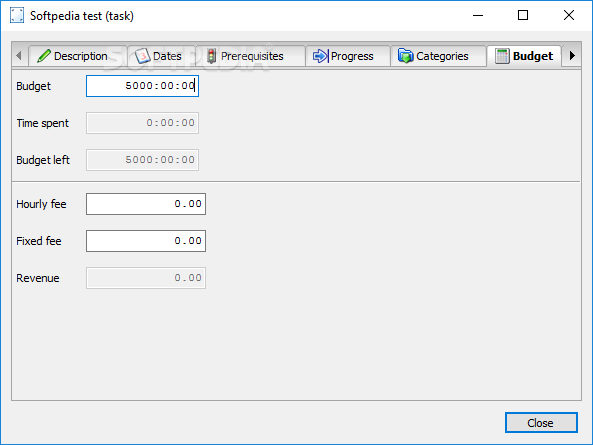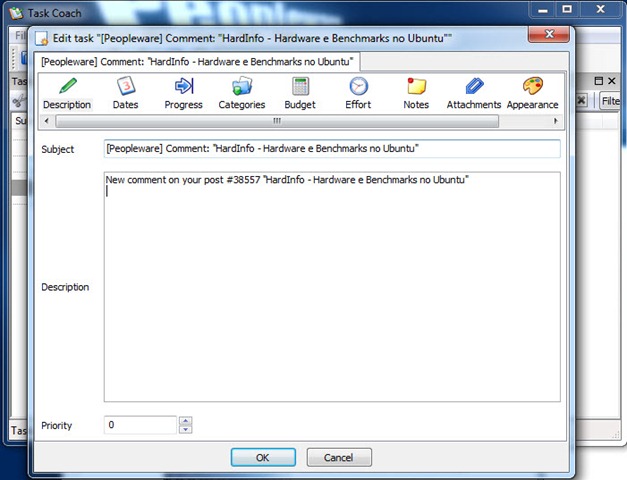

stifled creativity, innovation and agility.a lack of new leaders coming up through the ranks.


The only thing that matters is what the boss thinks. Here's a one-question test to identify a micromanager: Is the team customer-obsessed or boss-obsessed?Ī boss-obsessed team is easy to identify. They want to be engaged, involved, deep in the weeds. Other managers seem to take pride in being a micromanager. Some leaders try to avoid being a micromanager at all costs - taking a hands-off approach and letting their employees sink or swim on their own. The micromanager has become a bit of a boogeyman in the business world. Remote workers and matrixed teams still experience micromanagement.Micromanaged teams can look happy but perform poorly.You can identify a micromanager with one simple question.


 0 kommentar(er)
0 kommentar(er)
